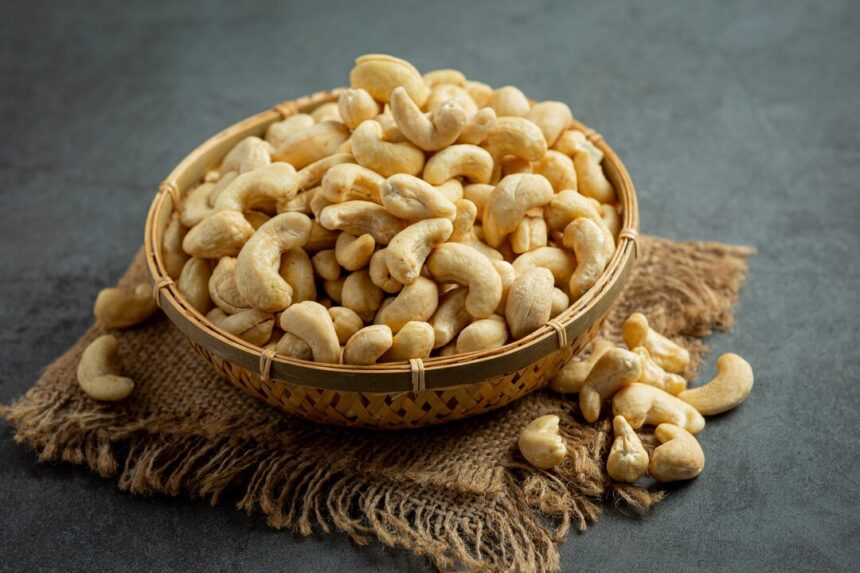Cashew farming plays a vital role in South Africa’s agricultural sector, providing income opportunities for farmers and contributing to the country’s economy. To maximize the potential of cashew cultivation, it’s essential to implement effective techniques for enhancing both quality and yield. From site selection to post-harvest management, here are some strategies to consider for optimizing cashew farming in South Africa:
Selecting Suitable Growing Locations:
- Choose well-drained, sandy loam soils with good water retention and pH levels ranging from 6.0 to 7.0 for optimal cashew production.
- Consider factors such as altitude, temperature, and rainfall patterns when selecting growing locations to ensure favorable growing conditions for cashew trees.
Variety Selection:
- Select high-yielding and disease-resistant cashew varieties that are well-adapted to the local climate and soil conditions.
- Popular varieties for cultivation in South Africa include W180, W320, and W450, which are known for their large kernel size and excellent flavor.
Proper Planting and Spacing:
- Plant cashew trees during the rainy season to promote establishment and root development, spacing them at least 8 to 10 meters apart to allow for adequate canopy development and airflow.
- Ensure proper planting depth and alignment of the trees to facilitate uniform growth and optimal sunlight exposure.
Soil Preparation and Fertilization:
- Conduct soil tests to assess nutrient levels and pH balance, and amend the soil with organic matter and appropriate fertilizers based on the results.
- Apply balanced fertilizers containing nitrogen, phosphorus, and potassium to promote healthy tree growth and fruit development throughout the growing season.
Irrigation Management:
- Provide consistent and sufficient moisture to cashew trees, especially during flowering and fruiting stages, to ensure proper nut development and yield.
- Utilize drip irrigation or micro-sprinkler systems to deliver water directly to the root zone while minimizing water wastage and soil erosion.
Integrated Pest and Disease Management:
- Monitor cashew orchards regularly for signs of pests such as fruit borers, scales, and mites, and implement timely pest control measures using biological, cultural, and chemical methods as needed.
- Practice good orchard sanitation and remove fallen fruits and debris to minimize the spread of diseases such as anthracnose and powdery mildew.
Pruning and Training:
- Prune cashew trees annually to remove dead or diseased branches, promote airflow, and maintain a balanced canopy structure.
- Train young trees to develop a strong central leader and lateral branches, which can improve light penetration and fruiting efficiency.
Pollination Enhancement:
- Encourage natural pollination by maintaining diverse vegetation and flowering plants in and around cashew orchards to attract pollinators such as bees and butterflies.
- Consider hand pollination techniques using soft brushes or cotton swabs to ensure thorough pollination and maximize fruit set.
Harvesting and Post-Harvest Handling:
- Harvest cashew nuts when the peduncle turns pink or red and the nuts are fully mature, typically 2 to 3 months after flowering.
- Handle harvested nuts with care to avoid bruising or damage, and dry them promptly in well-ventilated areas to reduce moisture content and prevent mold growth.
Quality Control and Market Access:
- Implement quality control measures to ensure that only high-quality cashew nuts meet market standards for size, color, and kernel integrity.
- Explore local and international markets for cashew nuts and establish partnerships with buyers and exporters to access premium markets and maximize profitability.
By incorporating these techniques for enhancing quality and yield in cashew farming, growers in South Africa can optimize production efficiency, increase profitability, and contribute to the sustainable growth of the cashew industry in the region. Continued research, innovation, and collaboration among stakeholders will further advance the success of cashew cultivation in South Africa.
Join 'Farmers Mag' WhatsApp Channel
Get the latest Farming news and tips delivered straight to your WhatsApp
CLICK HERE TO JOIN






